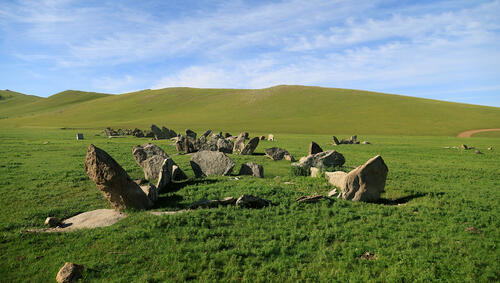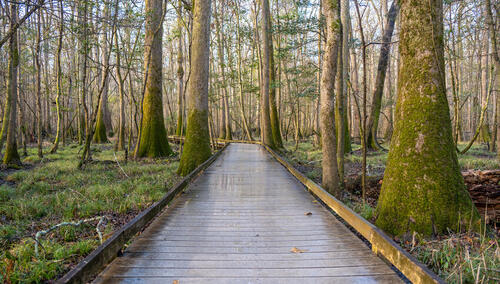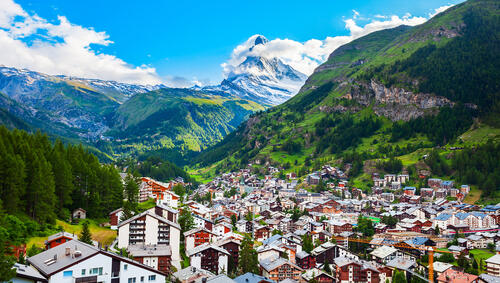UNESCO’s World Heritage List contains some of the most culturally significant and naturally stunning landmarks in the world. The widespread preservation effort began back in 1972, and has since expanded to include sites located throughout almost 170 countries, all of which have been deemed to be of “outstanding universal value.”
In 2023, UNESCO added 42 new sites to this prestigious list, including centuries-old stone monuments, noted scientific institutions, and awe-inspiring natural wonders. While they’re all incredibly significant in their own right, we selected a few that stand out above the rest. Here are seven of our favorite newest UNESCO World Heritage Sites.
Andrefana Dry Forests — Madagascar
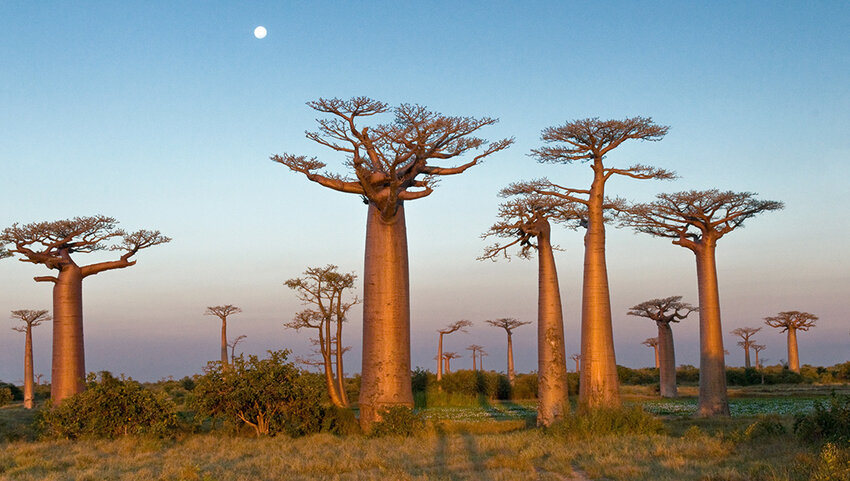
The Andrefana Dry Forests were actually first added to the World Heritage List in 1990, though the site's boundaries were sizably extended in 2023. All told, this entry now includes six protected areas found throughout western Madagascar, an island nation located just off the coast of Africa. The four national parks and two special reserves boast stunning biodiversity and unusual terrain that’s unique to this isolated island country.
The term “dry forest” comes from the towering limestone peaks that are almost needle-like in shape, creating a majestic expanse as far as the eye can see. There’s also plenty of lush greenery, including the endemic baobab tree, which is known for its unusually wide trunk. The Andrefana Dry Forests are also home to an endemic lemur species as well as an order of birds known as Mesitornithiformes, whose lineage dates back 54 million years.
Anticosti — Canada
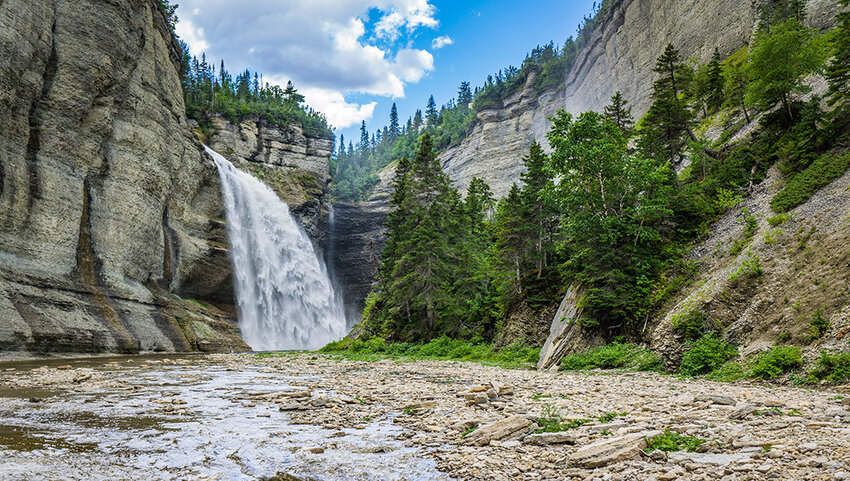
Anticosti is the largest island in the Canadian province of Quebec, and contains some of the most well-preserved fossils dating back hundreds of millions of years. In terms of its natural beauty, this enchanting island paradise attracts nature lovers looking to explore its gushing waterfalls and limestone cliffs. Furthermore, it’s situated along the glistening waters of the Gulf of St. Lawrence, providing many fishing and boating opportunities.
From a scientific perspective, Anticosti is known for having the most complete fossil collection dating to a period between 447 and 437 million years ago, when the planet experienced its first mass extinction event. Researchers have uncovered countless fossils of the ancient sea creatures that once inhabited the area, which in turn has taught us so much about the history of our planet.
Cold Winter Deserts of Turan — Central Asia
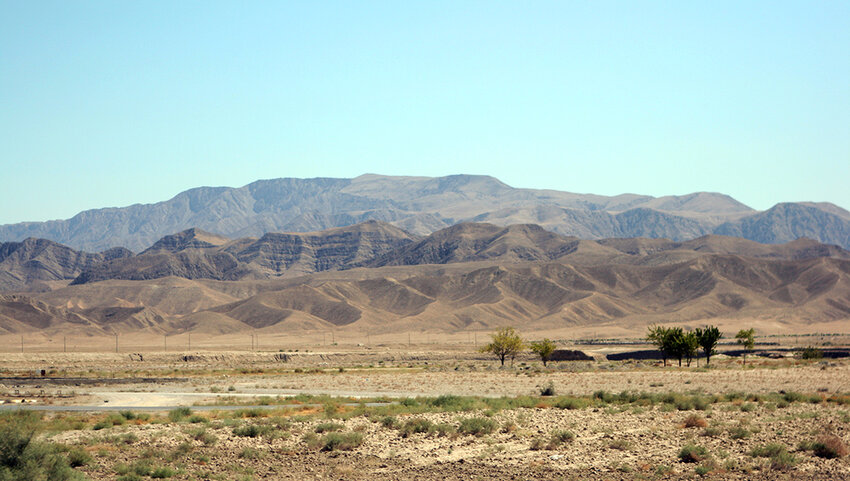
Spread out between Kazakhstan, Turkmenistan, and Uzbekistan, the Cold Winter Deserts of Turan aren’t just known for their extreme winter temperatures, but also blistering heat during the summer. Because of these harsh conditions, the deserts are home to a uniquely diverse group of flora and fauna that have adapted to survive in the unforgiving climate. Some of the threatened mammals that make their home in the deserts include the Goitered gazelle, Saiga antelope, and Urail ram.
In addition to the resilient animal life, the Cold Winter Deserts are known for their endless expanses of golden sand as well as many towering multi-colored plateaus. The World Heritage Site is divided into 14 distinct parts located across Central Asia, and are well worth the visit for anyone looking to escape the hustle and bustle of civilization.
Deer Stone Monuments — Mongolia
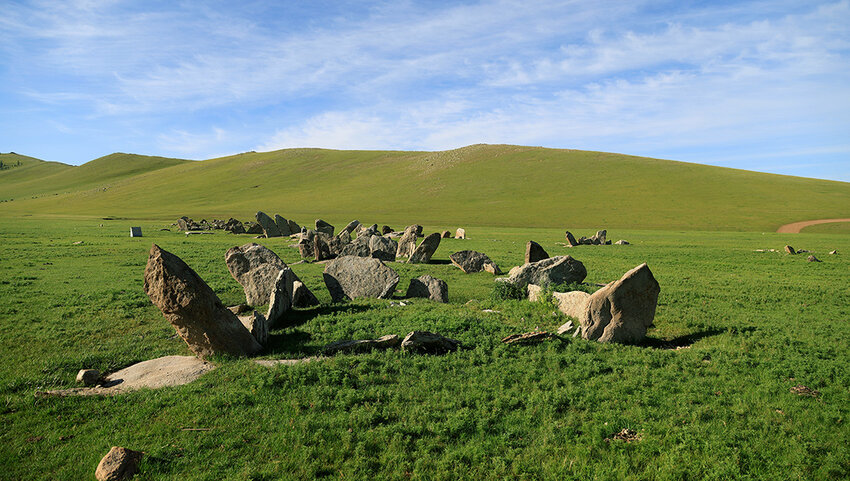
Sometime between 1200 and 600 BCE, the Mongols created a series of stone shrines located along the Khangai Ridge in modern-day Mongolia. Today, UNESCO has chosen to protect these culturally significant landmarks known as the Deer Stone Monuments. These stone pillars stand up to 13 feet tall and feature ancient carvings that depict stags, human faces, and other images that were deeply relevant to the Mongols.
Many of these monuments are located in larger complexes that date back to the Bronze Age, and contain burial mounds known as khirgisüürs. These archeological sites offer an unparalleled glimpse into the rich history of the Mongol people, and the methods they used to honor their dearly departed.
Eisinga Planetarium — Netherlands

Constructed between 1774 to 1781, the Eisinga Planetarium wasn’t built by a well-funded scientific institution, but rather by an ordinary citizen named Eise Eisinga. Eisinga was fascinated by astronomy and built this incredible working planetarium on the ceiling and wall of his living room in Franeker, Netherlands. Today, it’s considered the oldest continuously operating planetarium anywhere in the world.
Eisinga’s working model features constantly updating positions of the sun, moon, Earth, and other five planets that were known in the late 18th century. It’s utterly incredible that Eisinga was able to construct this intricate scientific device at the time, and even more incredible that it still works today. Its continued function is due in no small part to the detailed instructions for its upkeep that Eisinga left behind, which are rigidly adhered to by its caretakers.
Old Town of Kuldīga — Latvia
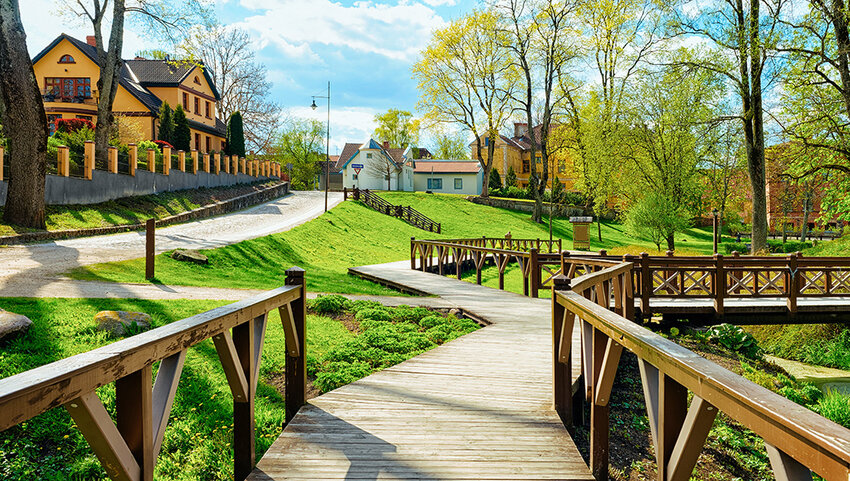
The Old Town of Kuldīga, Latvia, first began to form sometime in the 13th century, though it was between the 16th and 18th centuries that it developed into a particularly significant site. What makes Kuldīga perhaps most notable is that it survived the great wars of 20th-century Europe, and emerged mostly unscathed while other historic towns were largely destroyed. This level of perseverance provides a spectacular glimpse into the rich cultural legacy of the Baltic region.
Kuldīga is known for its centuries-old wooden buildings as well as its natural landmarks. The Old Brick Bridge that crosses the Venta River was built in 1874 and is the longest bridge of its kind anywhere in Europe. There’s also the stunning Venta Waterfall just nearby, which is upwards of 330 feet wide, making it the widest waterfall anywhere on the European continent.
Viking-Age Ring Fortresses — Denmark
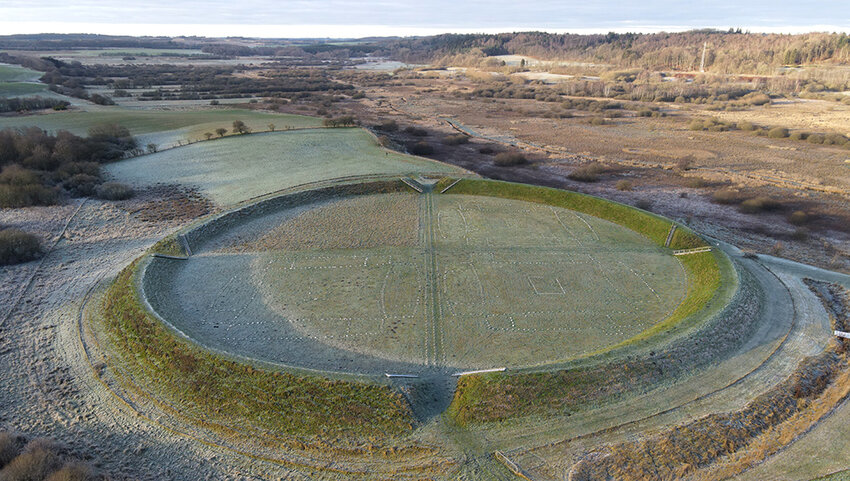
The Viking-Age Ring Fortresses are a series of five locations throughout Denmark built towards the end of the 10th century CE. These fortresses once briefly served as defensive strongholds and potentially training grounds for Viking warriors. They were built in unique circular shapes surrounded by a concentric ditch, with roads emanating out in each of the four cardinal directions. Aggersborg is the largest of the five fortresses, reaching an internal diameter of nearly 800 feet across.
Given their geometric shape, these fortresses are among the most uniquely designed fortifications in the world. While many other Viking fortresses have since been destroyed for urban and rural development, these structures remain closely protected over a millennium after they were built, and have taught researchers so much about Viking-era history.

